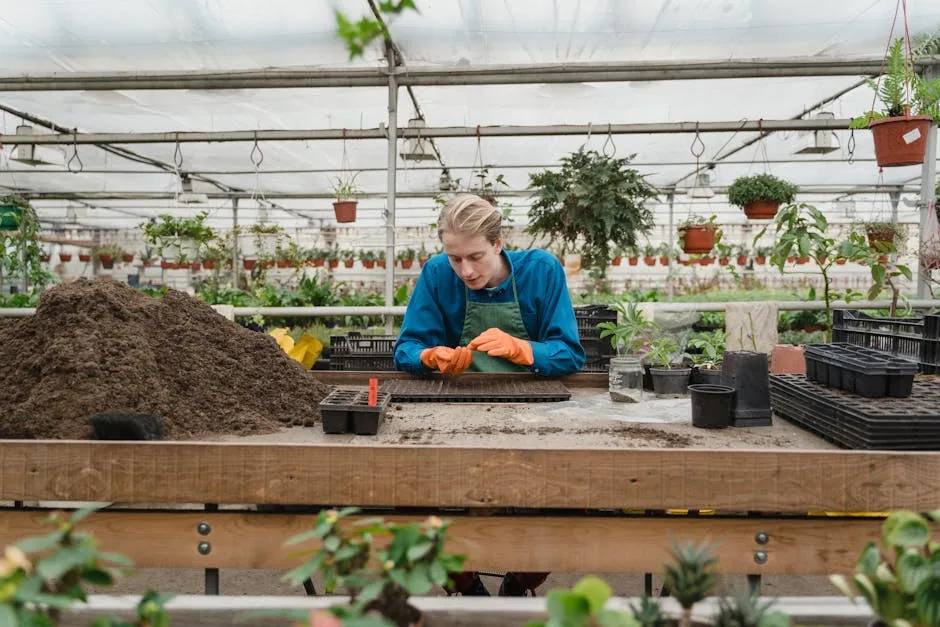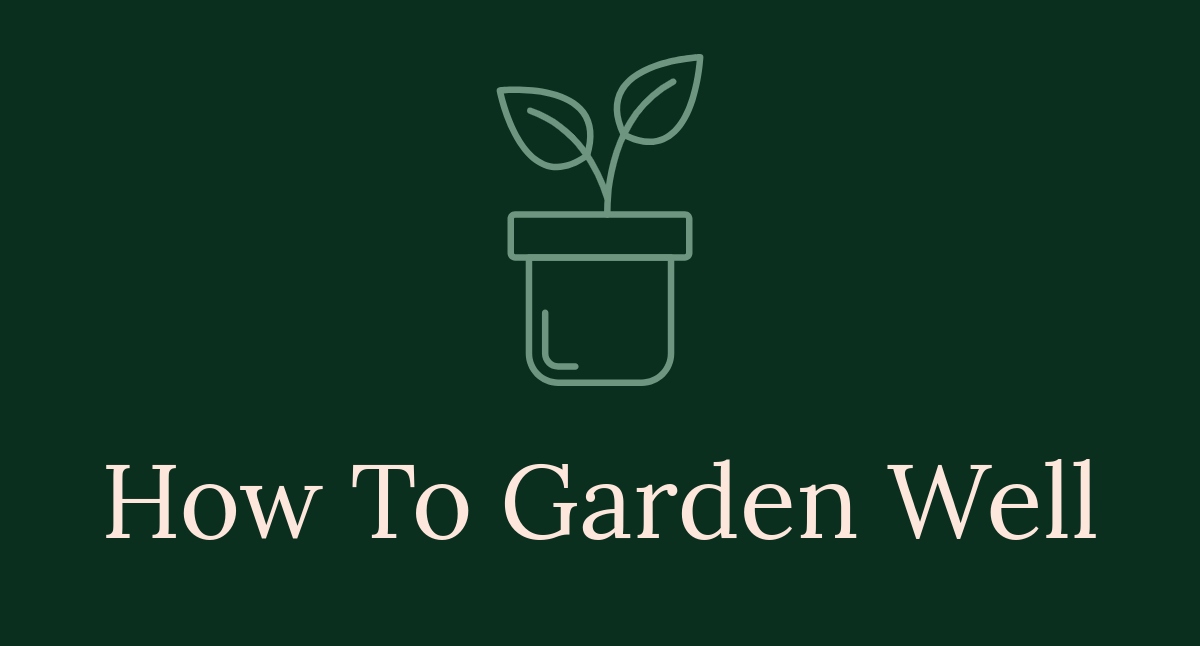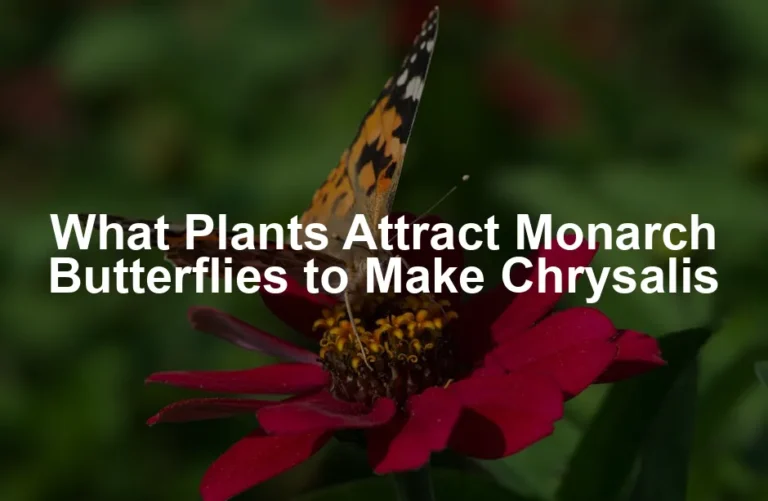

Bird Netting for Blueberry Plants: The Ultimate Protection Guide
Introduction
Birds love blueberries, and they can cause havoc in your garden. A hungry flock can wipe out your harvest in no time. Protecting your blueberry plants is crucial for maintaining yield and quality. Bird netting is a popular and effective solution that can save your berries from these feathery thieves.
Summary and Overview
In this guide, we will cover everything you need to know about bird netting for blueberry plants. You’ll learn how netting preserves fruit quality and boosts your harvest yield. We’ll discuss various types of netting, installation methods, and essential maintenance tips. Additionally, we’ll explore alternatives to netting for those looking for other options. Let’s dive into how netting can help you enjoy a bountiful blueberry season!
Understanding Bird Netting for Blueberry Plants
What is Bird Netting?
Bird netting is a protective barrier designed to keep birds away from your crops. It’s typically made from lightweight materials like polyethylene or knitted fabric. These materials are durable and resistant to UV rays, ensuring long-lasting use in the garden. If you’re looking for a reliable option, check out this Bird Netting for Garden.
There are several types of bird netting available. Polyethylene netting is common and affordable, while knitted netting offers superior strength and longevity. Both types effectively deter birds while allowing beneficial insects, like bees, to access your plants.
Using bird netting can significantly reduce crop loss. Without it, growers may face up to 50% loss in yield due to bird damage. By implementing netting, you protect your investment and enjoy better harvests. Plus, it’s an eco-friendly solution that doesn’t involve harmful chemicals, making it a great choice for sustainable gardening.

Benefits of Using Bird Netting
Why Use Bird Netting?
Bird netting offers substantial advantages for blueberry plants. First, it preserves the quality of your harvest by preventing birds from pecking at the berries. Without netting, birds can introduce pests and diseases, leading to lower fruit quality.
Using netting can significantly reduce crop losses, with studies showing yield improvements of up to 50%. This means more blueberries for you and less stress over potential losses. Economically, investing in bird netting saves money in the long run by protecting your precious berries from avian damage.
Bird netting is also low maintenance. Once installed, it requires minimal upkeep throughout the growing season. Plus, it’s an eco-friendly solution, as it doesn’t rely on harmful chemicals. By choosing bird netting, you promote sustainable farming practices while ensuring a bountiful harvest.

To enhance your bird deterrent strategy, consider pairing your netting with Reflective Tape for Bird Deterrent. This simple addition can create an unsettling environment for birds, further protecting your precious blueberries.
Discover more about how to enhance your garden’s productivity through Companion planting strategies for increased yield. For example, consider planting Companion Plants Seeds (Lavender, Peppermint) to naturally deter birds while boosting your garden’s biodiversity.
Types of Bird Netting
Selecting the Right Netting
When choosing bird netting, consider the various types available. The most common options include polyethylene and knitted netting. Each has its own strengths, so it’s essential to understand your needs.
Mesh size is critical. Options typically include 1/4″, 1/2″, and 3/4″ mesh sizes. Smaller mesh sizes are better for keeping birds out while allowing beneficial insects to access your plants. Durability matters too; select netting that is UV resistant to withstand the elements over time. If you’re unsure, check out this Polyethylene Bird Netting for robust protection.
Cost is another factor. While high-quality netting may have a higher initial price, it often pays off through longevity and effectiveness. For specific recommendations, check out local suppliers or trusted online retailers.

How to Install Bird Netting on Blueberry Bushes
A Step-by-Step Installation Guide
Protecting your blueberry bushes with bird netting is essential. Here’s how to do it effectively.
First, gather your materials. You’ll need bird netting, stakes, Zip Ties for Garden Use, and scissors. Ensure the netting covers your bushes fully.
Next, choose your installation method. The draping method is straightforward. Simply lay the netting over the bushes, allowing it to touch the ground. This prevents birds from sneaking underneath.
For added support, consider the cage method. Build a frame using PVC Pipes for Garden Structures around your bushes. Drape the netting over the frame and secure it tightly. This keeps the netting in place and prevents sagging.
Another great option is the teepee method. Use Bamboo Stakes for Gardening or wooden poles to create a teepee shape. Drape the netting over the poles. This is particularly useful for long rows of bushes.
Once your netting is in place, secure it properly. Use zip ties or clips to fasten the netting to the stakes or frame. This prevents wind from lifting the netting away.
Finally, adjust the netting for optimal coverage. Ensure there are no gaps where birds can enter. Regularly inspect your setup to maintain its effectiveness.
With these steps, you’ll create a protective barrier that keeps your blueberries safe from hungry birds. Don’t forget to have a good pair of Garden Scissors handy to trim any excess netting or branches!

Best Practices for Bird Netting Maintenance
Ensuring Longevity and Effectiveness
Maintaining your bird netting is crucial for continued protection. Regular inspections help catch issues early. Check for holes, tears, or loose sections.
Prompt repairs are essential. Use patches or zip ties to fix any damage immediately. The longer you wait, the more birds will exploit these weaknesses.
Seasonal netting removal is also important. After harvesting, take down the netting and store it properly. Keep it out of direct sunlight to prolong its lifespan.
Additionally, clear debris from the netting regularly. Leaves and branches can weigh it down and cause sagging. By keeping the netting clean, you ensure it functions well throughout the season.
Have any tips for netting maintenance? Share your experiences in the comments below! Your insights could help fellow gardeners protect their blueberry plants.

Common Mistakes to Avoid with Bird Netting
Troubleshooting Installation Issues
Installing bird netting can seem simple, but many common mistakes can compromise its effectiveness. One frequent error is leaving the netting too loose. This allows birds to access your blueberries easily. To avoid this, ensure the netting is taut and secure. Use stakes or zip ties to hold it in place.
Another common pitfall is failing to cover all gaps. Birds are clever and will exploit any openings. During installation, check for gaps, especially around the edges. Make adjustments as necessary to prevent access.
Damage to blueberry plants is another concern. Poor installation can lead to the netting rubbing against branches. This can cause physical harm to your bushes. Take care to position the netting without causing strain on the plants. Regularly inspect your setup to maintain its effectiveness and protect your precious berries.

Alternatives to Bird Netting
Exploring Other Bird Deterrent Methods
If bird netting isn’t your preferred choice, several alternatives can help protect your blueberries. Visual deterrents, like Scarecrow Decorations for Garden, can frighten birds away. These methods create an unsettling environment for our feathered friends.
Auditory devices are another option. Sounds like alarms or recorded predator calls can deter birds from approaching. However, keep in mind that birds may become accustomed to these sounds over time.
Chemical repellents offer another layer of protection. Non-toxic sprays can make blueberries less appealing to birds without harming the plants. A popular method involves using a Sugar Syrup for Bird Deterrent that birds find unpalatable.
Finally, consider pest control methods, which can help deter birds while ensuring your plants remain healthy. Certain plants, like lavender or peppermint can help keep birds at bay while enhancing your garden’s biodiversity. By combining different methods, you can effectively safeguard your blueberry harvest without relying solely on netting.

Conclusion
In summary, bird netting is essential for protecting your blueberry plants. It acts as a barrier, keeping hungry birds away and ensuring a bountiful harvest. By using netting, you preserve the quality of your berries and maintain the health of your plants. The benefits are clear: improved yields, reduced damage, and a low-maintenance solution for gardeners.
Consider implementing bird netting in your gardening practices to enjoy the fruits of your labor without the worry of avian theft. Your blueberries deserve the best protection! And while you’re at it, don’t forget to grab a pair of gardening gloves to keep your hands protected while tending to your garden!

FAQs
What is the best time to install bird netting on blueberry bushes?
The ideal time to install bird netting is just before the berries begin to ripen. This helps deter birds from accessing the fruit before they get a chance to feast.
Can bird netting harm pollinators?
To protect pollinators while using netting, ensure it has small enough mesh holes. This allows bees and other beneficial insects to access flowers without getting trapped.
How do I choose the right size of bird netting for my bushes?
Measure the height and width of your blueberry bushes. Select netting that provides full coverage without being too tight, allowing room for growth.
How long does bird netting last?
High-quality bird netting can last for several seasons. Factors like exposure to sunlight and weather can affect its durability, so proper storage during the off-season is crucial.
Are there any environmentally friendly options for bird deterrents?
Yes, consider using visual deterrents, such as reflective tape or scarecrows. These alternatives are eco-friendly and can effectively keep birds away from your blueberry plants.
Please let us know what you think about our content by leaving a comment down below!
Thank you for reading till here 🙂
All images from Pexels



